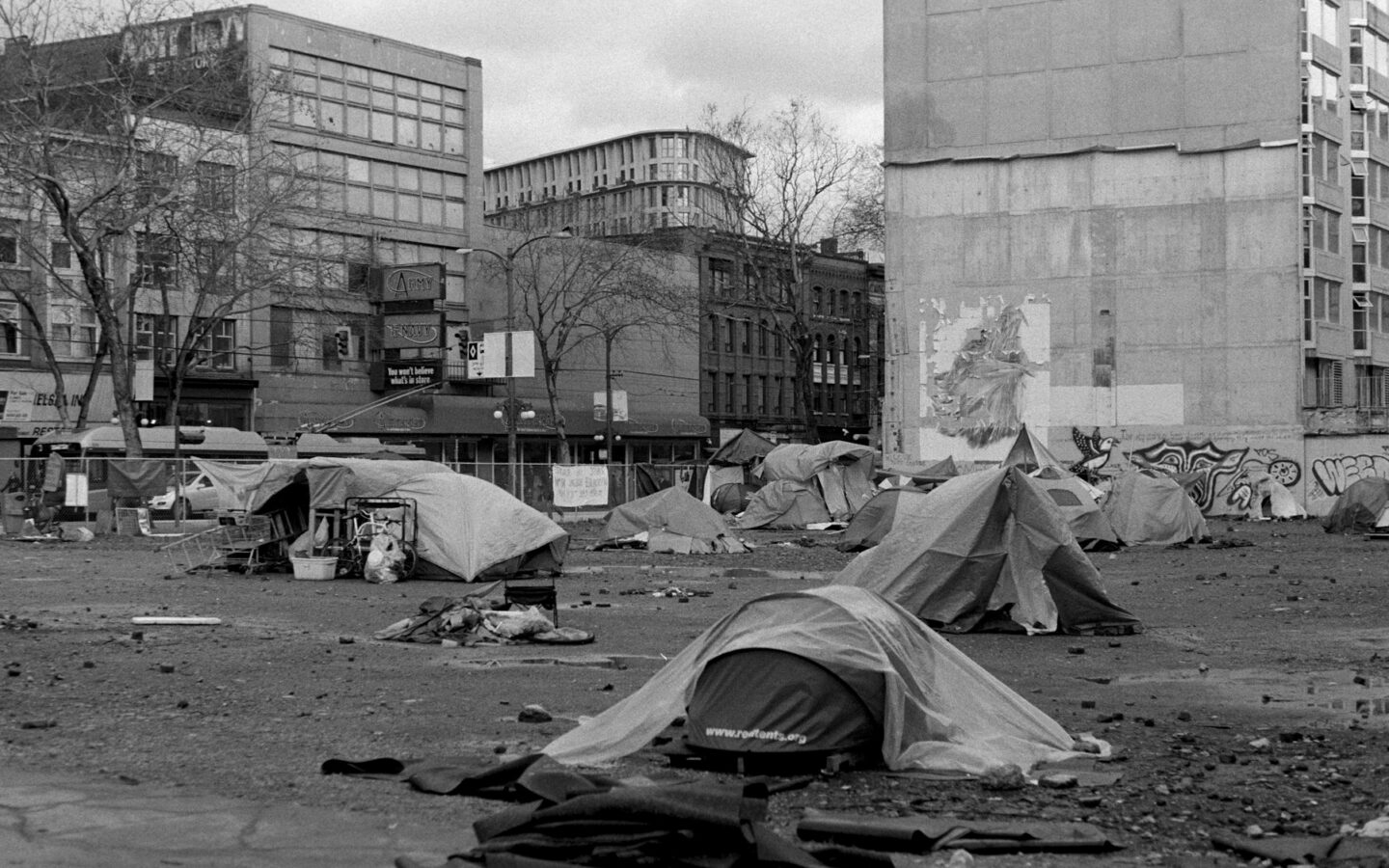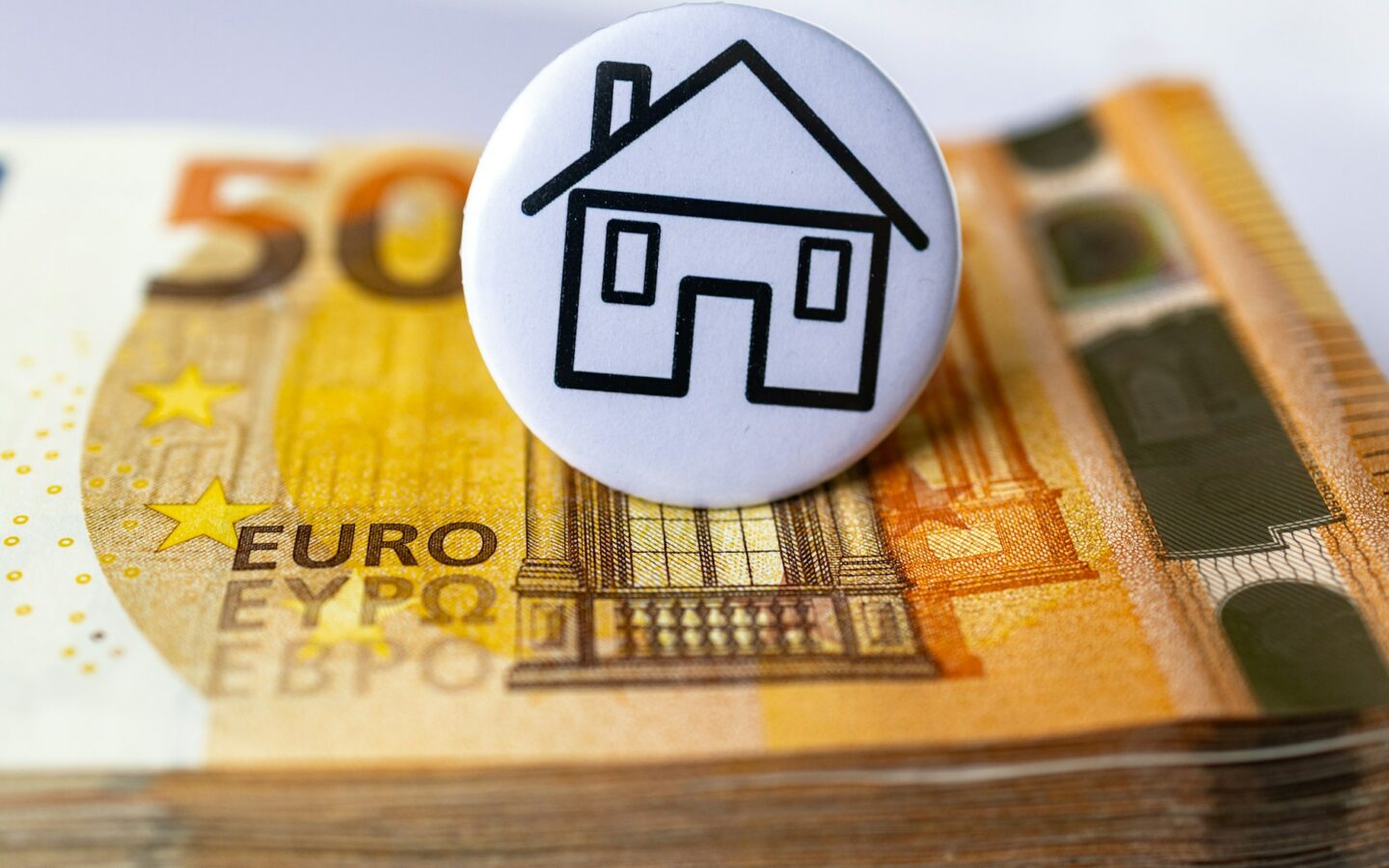Spain’s property market has reached a critical juncture as housing prices climb to levels not seen since the devastating 2008 financial crisis. The dramatic recovery from the market’s lowest point in 2014 has caught many observers by surprise, with prices now approaching the peak values that preceded the country’s most severe economic downturn in decades. This remarkable turnaround reflects a complex interplay of economic recovery, foreign investment, and changing demographic patterns that have fundamentally reshaped Spain’s real estate landscape.
Get one year Free Listings!
Subscribe to our newsletter and get 1 year listings + XML imports for free and enjoy a 100% discount on all listing placement packages, no strings attached!

The current price surge represents more than just a statistical milestone – it signals a complete transformation of Spain’s housing market dynamics. After years of stagnation and decline that saw property values plummet by over 40% in some regions, the sustained upward trajectory has restored confidence among buyers, sellers, and investors alike. However, this rapid appreciation has also raised important questions about affordability, market sustainability, and whether Spain might be heading toward another property bubble.
Spanish Housing Market Reaches Crisis Era Highs
Spanish residential property prices have surged to within striking distance of their 2008 peak levels, marking a dramatic reversal from the depths of the financial crisis. According to recent market data, average home prices across Spain have recovered approximately 95% of their pre-crisis values, representing one of the most significant property market recoveries in Europe. This milestone comes after a steady climb that began in 2014, when prices hit their lowest point following years of economic turmoil.
The recovery has been particularly pronounced in major metropolitan areas and coastal regions, where international demand has played a crucial role in driving values upward. Cities like Madrid and Barcelona have not only reached but exceeded their 2008 price levels, while popular coastal destinations along the Mediterranean have seen similar trajectories. This price appreciation has been supported by a combination of factors including improved economic conditions, low interest rates, and renewed confidence in Spain’s long-term economic prospects.
Price Surge Mirrors Pre-Recession Property Boom
The current price acceleration bears striking similarities to the rapid appreciation experienced during the mid-2000s property boom that preceded the 2008 crisis. Annual price growth rates in many regions are now reaching double-digit percentages, reminiscent of the unsustainable increases that characterized the pre-recession period. However, market analysts note several key differences in the underlying fundamentals driving today’s price increases compared to the speculative bubble of the early 2000s.
Unlike the previous boom, which was largely fueled by excessive lending and speculative investment, the current price surge appears to be supported by more fundamental economic factors. These include genuine housing shortages in major urban centers, improved employment conditions, and sustained demand from both domestic and international buyers. Additionally, lending standards remain significantly more stringent than they were during the pre-crisis period, suggesting that the current price increases may be more sustainable than those experienced during the previous bubble.
Regional Variations Show Uneven Recovery Patterns
The recovery in Spanish housing prices has not been uniform across all regions, with significant variations reflecting local economic conditions and demand patterns. Major urban centers and tourist destinations have led the recovery, with some areas experiencing price increases of 15-20% annually. The Balearic Islands, Canary Islands, Madrid, and Catalonia have been among the strongest performers, driven by a combination of limited housing supply and strong demand from both residents and investors.
In contrast, many inland regions and smaller cities continue to lag behind in terms of price recovery, with some areas still trading at levels 20-30% below their 2008 peaks. This disparity reflects broader economic trends, including urbanization patterns, employment opportunities, and regional economic development. Rural areas and regions that were heavily dependent on construction during the previous boom have generally experienced slower recovery rates, highlighting the uneven nature of Spain’s economic and housing market revival.
Economic Factors Driving Current Price Increases
Several key economic factors are contributing to the current surge in Spanish housing prices, creating a perfect storm of supply constraints and demand pressures. Low interest rates maintained by the European Central Bank have made borrowing more affordable, enabling more buyers to enter the market and increasing purchasing power. Additionally, Spain’s economic recovery has been accompanied by improved employment rates and wage growth, particularly in major metropolitan areas where job opportunities are most abundant.
Foreign investment continues to play a significant role in driving price appreciation, with buyers from northern Europe, Latin America, and other regions attracted by Spain’s relatively affordable property prices, favorable climate, and political stability. The "Golden Visa" program, which offers residency permits to non-EU nationals who invest in Spanish real estate, has also contributed to increased international demand. Supply constraints in popular areas, including restrictive building regulations and limited available land for development, have further intensified price pressures by limiting the ability of new construction to meet growing demand.
Market Outlook and Potential Risk Assessment
Looking ahead, the Spanish housing market faces a complex set of challenges and opportunities that will likely shape price trends in the coming years. While current fundamentals appear stronger than during the previous boom, several risk factors warrant careful monitoring. Rising inflation and potential interest rate increases could dampen demand by making mortgages more expensive, while economic uncertainty at the global level could impact both domestic and international buyer confidence.
Despite these potential headwinds, many market observers remain cautiously optimistic about the medium-term outlook for Spanish real estate. The country’s ongoing economic diversification, infrastructure improvements, and attractive lifestyle offerings continue to support underlying demand. However, affordability concerns are mounting, particularly for first-time buyers and younger demographics who may find themselves priced out of desirable markets. The challenge for policymakers will be managing growth to ensure market stability while addressing housing accessibility concerns that could have broader social and economic implications.
Spain’s housing market has undoubtedly reached a pivotal moment as prices approach their pre-crisis peaks, marking a remarkable recovery journey that few predicted during the dark days of 2014. While this achievement represents a significant milestone for the Spanish economy and property sector, it also brings with it new challenges and considerations for all market participants. The current price levels reflect genuine economic improvements and sustained demand, but they also raise important questions about long-term affordability and market sustainability.
As Spain navigates this new phase of its property cycle, the lessons learned from the 2008 crisis remain highly relevant. The key to maintaining a healthy housing market will be ensuring that price growth remains aligned with underlying economic fundamentals while avoiding the speculative excesses that characterized the previous boom. With careful monitoring and appropriate policy responses, Spain’s housing market can continue to serve as a foundation for economic growth while providing accessible homeownership opportunities for its residents and attractive investment prospects for international buyers.






Join The Discussion